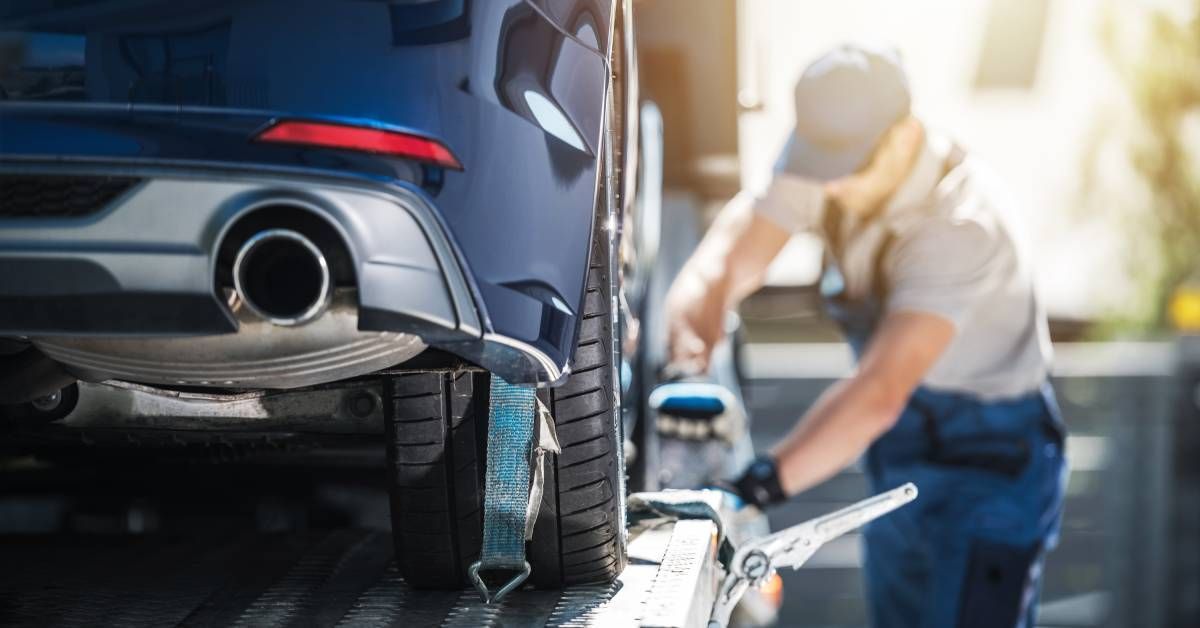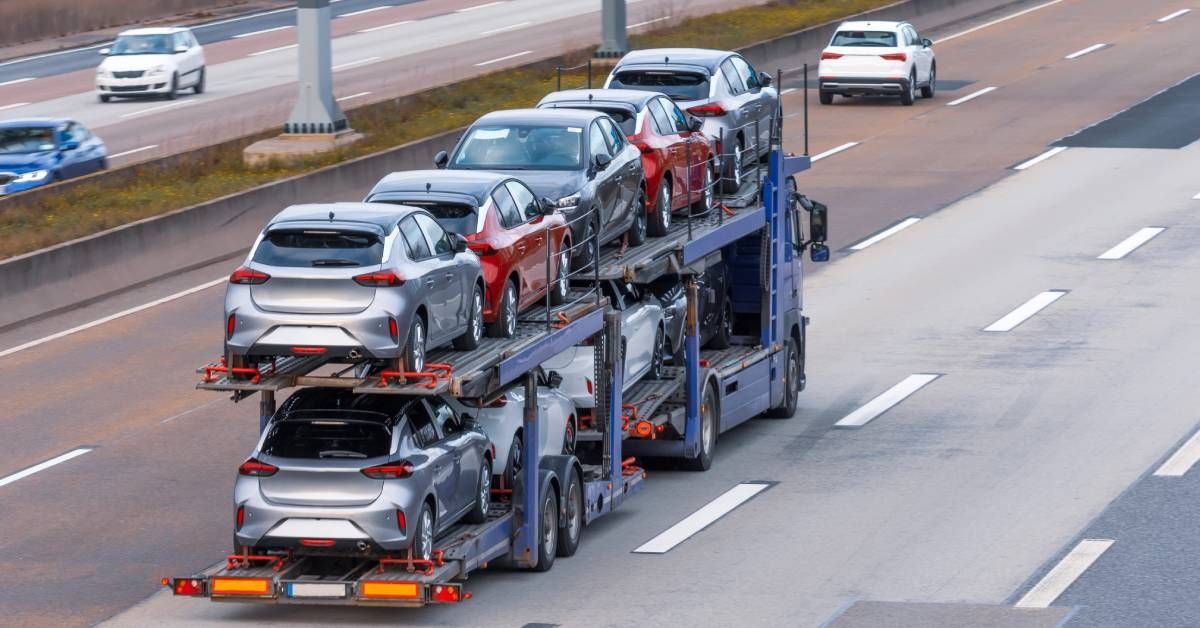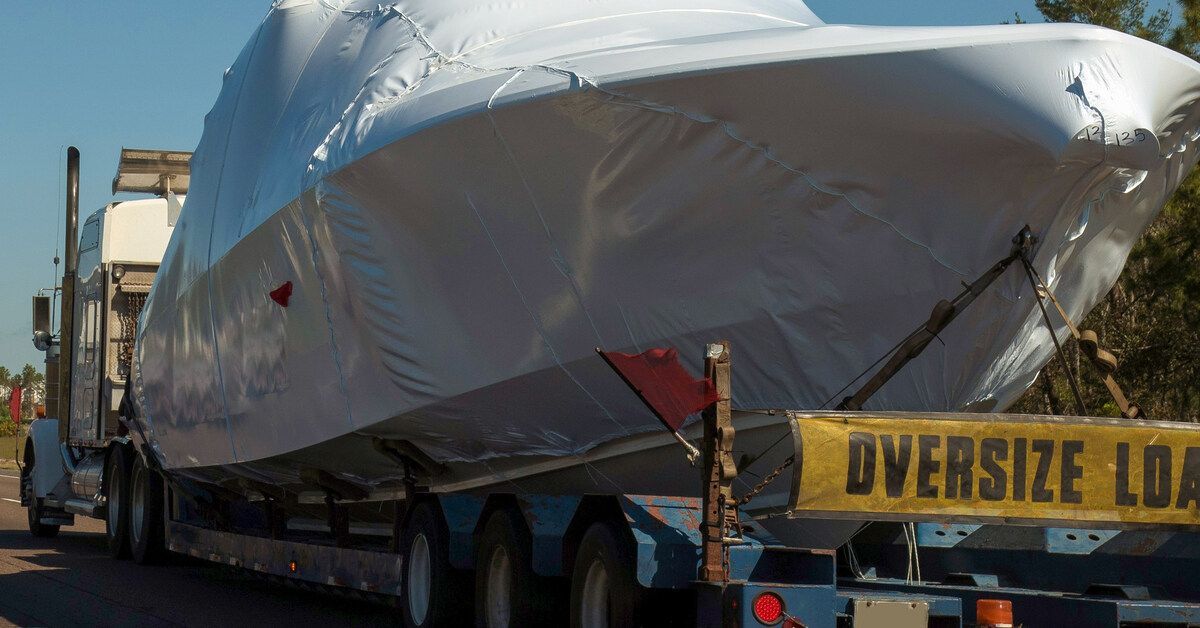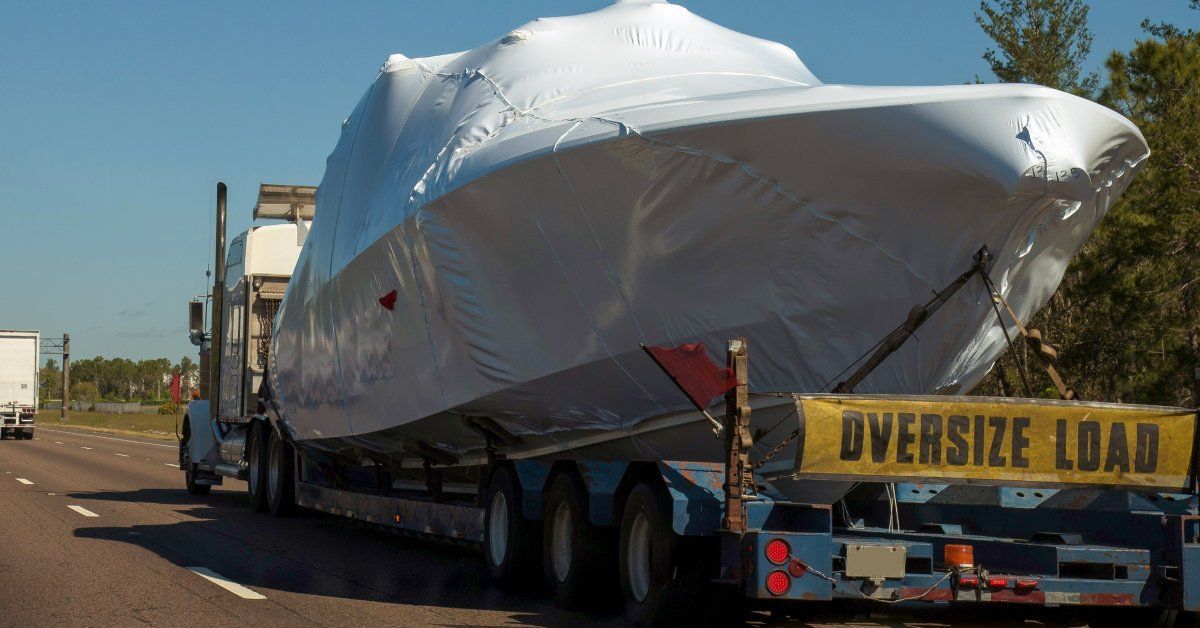24 HOUR CUSTOMER SERVICE
GET A QUICK QUOTE TODAY! CALL US TOLL FREE:
844-292-2153
10 Mistakes To Avoid When Shipping Your Car Cross-Country
Shipping a car across the country can feel like an overwhelming task. The process has many moving parts, and it’s easy to make costly mistakes if you’re unprepared. Fortunately, this guide outlines some common mistakes to avoid when shipping your car cross-country. By learning about these potential pitfalls, you can save time, money, and stress, ensuring your car arrives safely and securely at its destination.
Mistake 1: Not Researching the Shipping Companies
One of the biggest mistakes made when shipping a car is failing to thoroughly research the shipping companies. Not all auto transport services offer the same level of service, and putting your car in the hands of an unreliable or inexperienced company can lead to delays, damage, or unexpected costs.
To choose the right shipping company, start by reading reviews from other car owners. Look for companies with strong reputations for reliability, professionalism, and customer service. Verify credentials by checking that the company is licensed and registered with the US Department of Transportation. Additionally, obtain competitive quotes from several companies to understand pricing without compromising on quality. Investing time into vetting potential service providers can save you countless headaches later.
Mistake 2: Not Getting Proper Insurance
Many car owners assume their cars’ safety during shipping is guaranteed. Unfortunately, accidents can happen, even with the best shipping companies. This is why having proper insurance is a critical step in car shipping.
Start by confirming the type and amount of insurance coverage your chosen shipping company offers. While most companies provide basic coverage, it may not be enough to cover all potential damage. Consider purchasing additional insurance for added protection, especially if your car is high-value or vintage. Understanding your coverage options and making informed decisions will provide peace of mind and financial security.
Mistake 3: Incorrectly Preparing Your Car for Shipping
Shipping a car requires proper preparation to minimize risks and ensure a smooth process. Failing to prepare your vehicle can lead to issues during shipping or delivery.
Begin by thoroughly cleaning your car to remove dirt and grime; this makes scratches or dents easier to identify in an inspection. Remove all personal belongings from the car, as most shipping companies do not cover items left inside. Check for any fluid leaks and make sure your car battery is charged. Secure loose parts, such as antennas, and fold the side mirrors to protect them during transit. Detailed preparation is key to avoiding damage and miscommunication with shipping companies.
Mistake 4: Not Understanding the Shipping Process
Many car owners make the mistake of going into the shipping process assuming they’ll figure things out along the way. While the process is straightforward, not understanding how it works can cause unnecessary confusion.
Typically, the process begins with booking your shipment and providing details about your car and destination. Many companies offer different transport methods, such as open transport or enclosed transport. Following this, the transport company picks up your car, loads it onto the transport truck, and securely delivers it to its destination. Some companies offer door-to-door service while others require dropping off your vehicle at a terminal. Familiarize yourself with the process early so you know what to expect and what questions to ask before finalizing the details.

Mistake 5: Missing or Incomplete Documentation
Shipping your car involves several documents, and incomplete or missing paperwork can lead to delays or disputes. This means that having all your documents in order is a crucial step.
Generally, you’ll need your driver’s license, vehicle registration, proof of insurance, and the Bill of Lading (a document detailing the car’s condition at pickup and delivery). If you’re shipping across certain states, you may need additional permits or clearance certificates. Organizing your paperwork before the shipping date ensures the process flows smoothly and prevents unnecessary complications.
Mistake 6: Ignoring the Condition of Your Car
It’s easy to overestimate your car’s durability during shipping, but failing to document its condition can be one of the costliest mistakes. Before your car is handed over for transport, conduct a detailed inspection. Take clear photos of your car from multiple angles, making sure you document every dent, scratch, or imperfection. Share these records with the shipping company and keep them for your own reference.
Once your car is delivered, repeat the inspection to identify any new damage. Thorough documentation serves as crucial evidence should disputes arise regarding your car’s condition.
Mistake 7: Not Planning Ahead
Procrastination often leads to stress—and higher costs. Many car owners overlook the importance of booking their auto transport services early, leaving them scrambling at the last minute.
Shipping companies often have limited availability, particularly during peak seasons when demand is high. By planning ahead, you can secure better pricing and flexibility in scheduling. Give yourself at least two to three weeks before your desired shipping date to arrange everything. Good planning saves money and reduces the likelihood of last-minute hiccups.
Mistake 8: Choosing the Cheapest Option
It can be tempting to choose the cheapest shipping option, but doing so often comes with hidden dangers. Lower-cost options may lack robust customer service, sufficient insurance, or experienced drivers.
These companies may cut corners that affect their reliability and quality. While it’s smart to compare quotes, don’t make price your sole determining factor. Instead, weigh cost against the reputation, services, and reliability of the company. Remember, quality service is often worth a slightly higher price tag for the peace of mind it ensures.

Mistake 9: Not Communicating Clearly With the Shipping Company
Poor communication with your chosen shipping company can lead to confusion and errors. It’s essential to provide clear, complete information throughout the process.
When booking, be sure to share accurate details about your car, the pickup address, and the destination. Clarify expectations regarding pickup and delivery schedules and ask for the company’s preferred communication methods. Staying proactive and asking questions will keep everyone on the same page, minimizing the risk of misunderstandings.
Mistake 10: Failing To Confirm Delivery and Inspect Your Car
Once your car finally arrives, the shipment isn’t complete until you’ve confirmed delivery and inspected your vehicle. Many car owners make the mistake of skipping this step, which can lead to unreported damage and disputes later.
When your car is delivered, review the Bill of Lading again and compare the car’s condition to your initial documentation. Pay special attention to any dents, scratches, or mechanical issues that may have occurred during transit. If you notice any damage, report it immediately to the shipping company and file a claim if necessary. Thoroughly inspecting your car upon delivery allows you to address any problems promptly and effectively.
Ship Your Car the Right Way
By understanding these mistakes to avoid when shipping your car cross-country, you can ensure it arrives safely and on time without unnecessary complications or costs. Start by researching a reputable shipping company, preparing your car thoroughly, and planning ahead.
At Coast to Coast Transportation, we believe that communication is key throughout the process, from your initial booking all the way to delivery. Take advantage of our nationwide transport services and make your shipping experience seamless. Get a quick quote today to learn why we’re one of the most trusted and reliable transportation companies in the industry.
WHERE TO FIND US
3815 N. Highway 1, Suite 111,
Cocoa, FL 32926
Cocoa, FL 32926
WHERE TO FIND US
3815 N. Highway 1, Suite 111,
Cocoa, FL 32926
Cocoa, FL 32926










